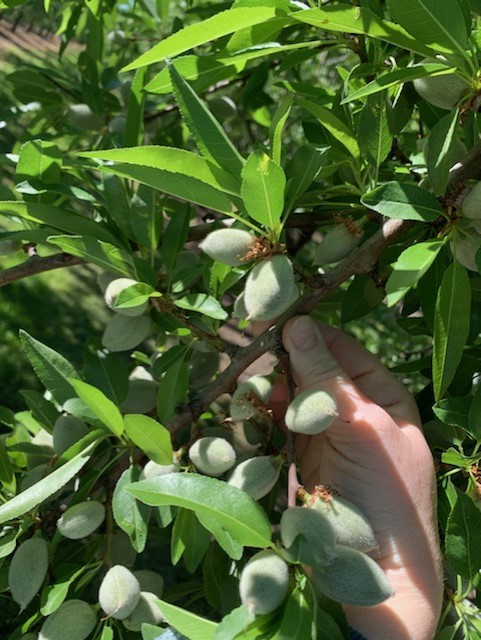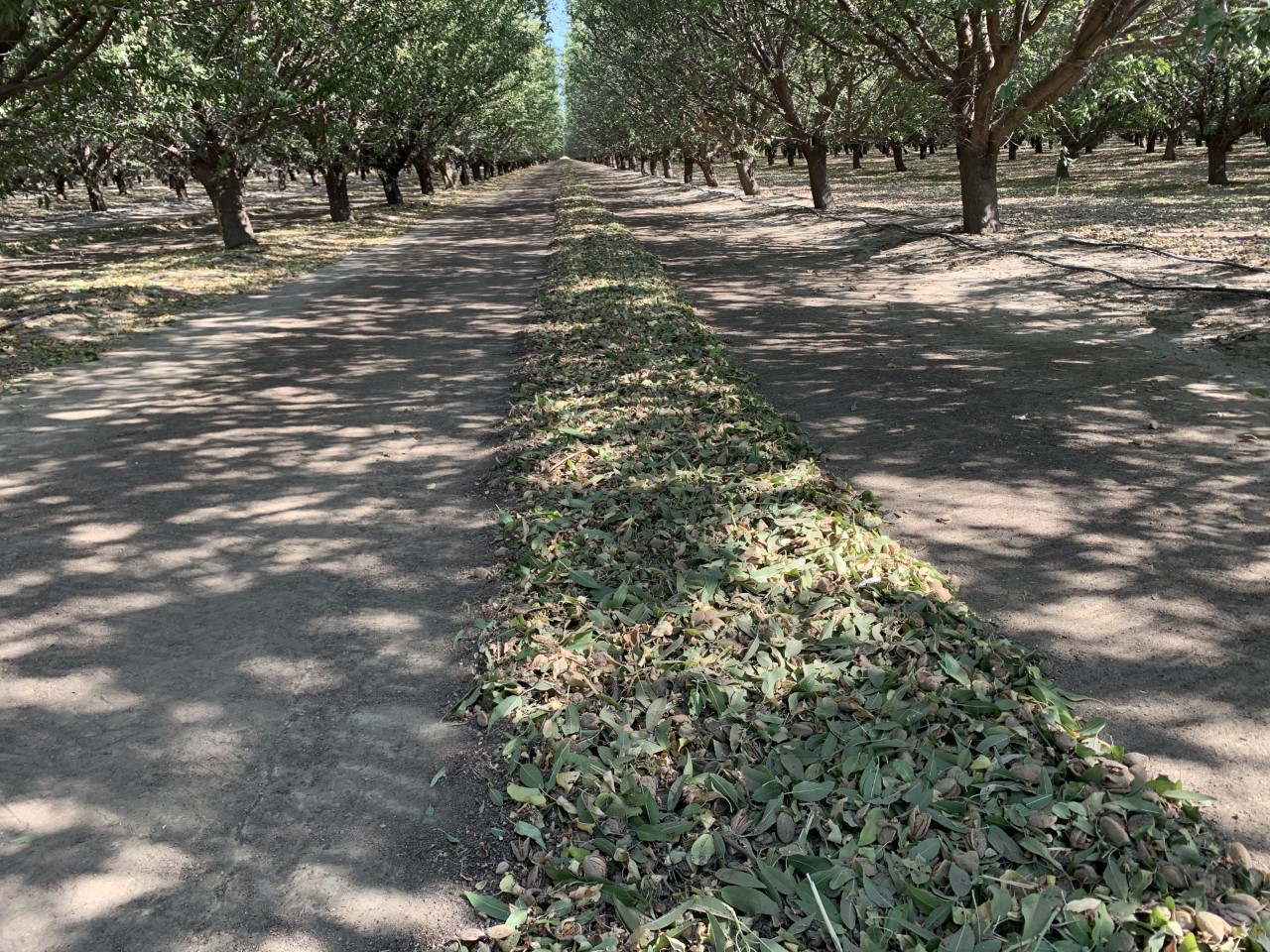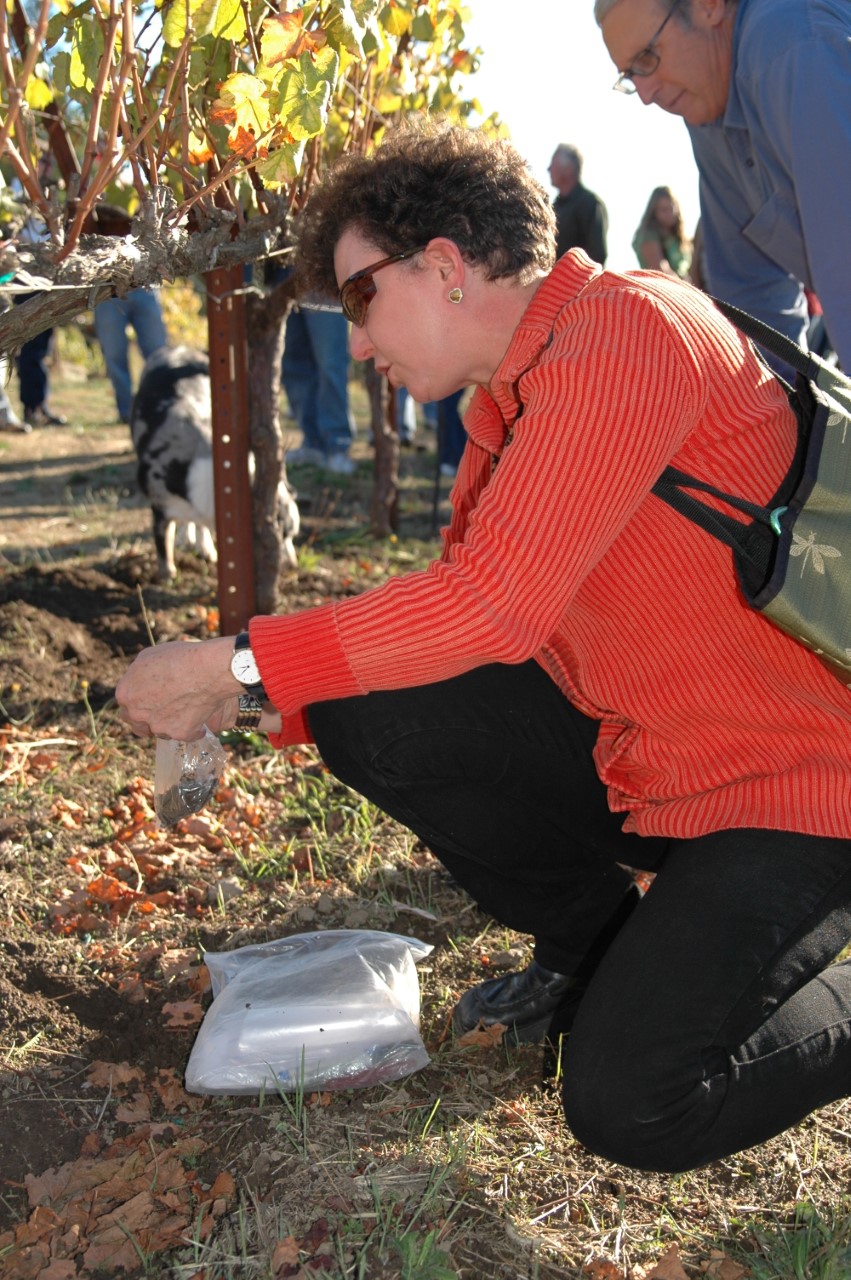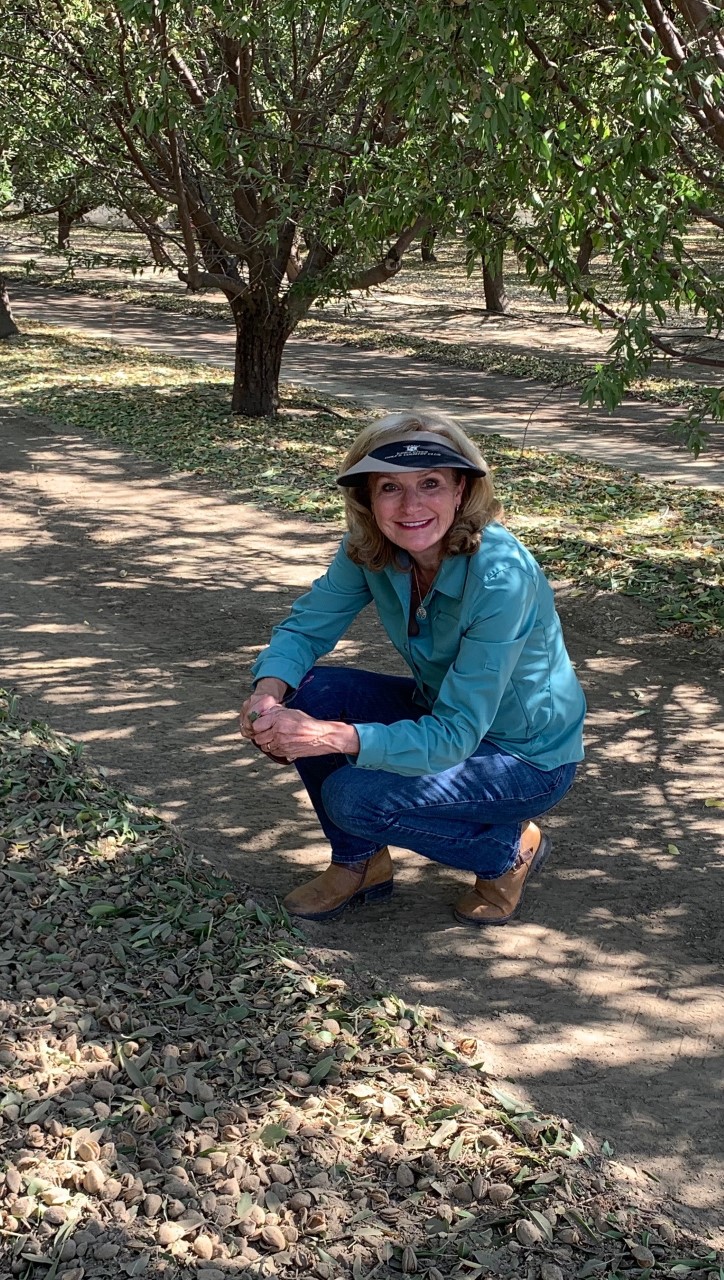
With biopesticide use, it’s more about returns and less about risk.
It is a safe bet that most tree nut growers have heard of biopesticides and their use to control pests and diseases in orchards. Many have questions about biopesticide efficacy and cost compared to their synthetic counterparts. Growers understand that reducing their use of synthetic pesticides while maintaining control of damaging insects and diseases is a positive move, but they also take a hard look at their return on investment.
Biopesticides are pest and disease control materials that are derived from plants, microorganisms and other natural substances such as soaps and pheromones. The U.S. Environmental Protection Agency (EPA) has registered more than 300 biopesticide active ingredients, and currently there are 1,401 biopesticide product registrations.
There are two major classes of biopesticides. Biochemical pesticides are naturally occurring materials that control pests by non-toxic methods. They can interfere with mating or attract pests to traps. Microbial pesticides consist of a microorganism, a bacterium, fungus or virus as an active ingredient that is relatively specific for its target pest. Bacillus thuringiensis (But) is an example of a microbial pesticide that causes insect larvae to starve.
Diverse Modes of Action
“Biologicals are very diverse, and one or more can be used in a pest control program,” said Surendra Dara, UCCE advisor in entomology and biologicals in San Luis Obispo and Santa Barbara counties. He said that there are multiple biological pesticides with unique modes of action and one or more can be used for good overall target pest control.
Dara said there are two primary natural products for navel orangeworm (NOW) control: Bt, which needs to be ingested by the larvae, and spinosad, which can be both a contact and stomach poison. Dara said both are generally effective. The botanical pesticide azadirachtin is an insect growth regulator, antifeedant and repellant along with some ovicidal activity. Another botanical option are pyrethrins, which are contact poisons (note that neither pyrethrins nor spinosad are registered as biopesticides, but instead as chemicals because they have a ”toxic mode of action.”) Entomopathogenic nematodes, which are exempt from EPA biopesticide requirements, can search for the host insect and parasitize them.
Expectations and awareness of biopesticides have been barriers to their widespread adoption in agriculture, said Dr. Pam Marrone, founder of Marrone Bio Innovations in Davis, Calif. Marrone is now a partner of Primary BioAg Innovations and Global BioAg Linkages, companies that assist with the entrance of biologicals into the marketplace.

She is also part of the CDFA-DPR’s Sustainable Pest Management Work Group.
Marrone said growers in the past might have expected biopesticide control to imitate synthetic activity. They also might not know how to incorporate biopesticides into their pest control plans or integrated pest management strategies. There are misconceptions about the efficacy and use of biopesticides.
“There is a lingering perception that they don’t work as well as synthetic pesticides,” Marrone said. “Biologicals shine in other ways. The number of bugs on a leaf isn’t an indicator of their efficacy. Pests don’t die right away after an application, but they stop feeding.”
Cost is another factor in the decision to incorporate a biopesticide into a pest control program, Marrone said.
“They look at biopesticides on a percent kill basis, instead of the total effect on yield and crop quality. Trials show yields and crop quality were achieved with these products. That is a return on investment.”
Dara said not all synthetic pesticides have the same level of efficacy against target pests, and the same is true for biopesticides. He said the products should not be compared, but the overall efficacy of a synthetic only or a synthetic and biological in an integrated program rather than individual products should be looked at. He said some natural products like spinosad or Bt are comparable to some synthetics in many situations. Overuse of some synthetics or biologicals can lead to resistance problems, Dara noted.
Synthetic insecticides most commonly used to control NOW belong to three families: pyrethroid, diamide and diacyl hydrazine. Pyrethroids are most widely used, but resistant populations have been reported statewide, according to USDA-ARS. The two products Altacor and Intrepid are effective, but Cindy Bishop of Marrone Bio Innovations reports that trials done last year in Kern County almond orchards suggested the biopesticide Venerate XC improved performance of Altacor at full rates of chemistry; lower labeled rates of chemicals showed improvement when combined with Venerate as well. The trial used one quart per acre of Venerate XC in combination with a reduced dose of Altacor at three ounces per acre for a total cost of $51.72 per acre compared to a standard application of Altacor and a pyrethroid at $55.

Resistance Management
Resistance management and avoidance of residue issues are two areas where biological pesticides have an edge.
Dara said that resistance issues are common in all crops wherever one of a few pesticides are overused. All pests can develop resistance to a pesticide, but biopesticides are a tool that can help avoid resistance when used in conjunction with a synthetic.
“They add options to the arsenal. Using non-chemical alternatives can have additional benefits,” Dara said.
Marrone emphasized that orchard sanitation has to be a priority in a pest management plan. By lowering the initial pest pressure in an orchard, all control measures stand a better chance of protecting the crop from damage.
A biopesticide’s role in avoiding resistance to a synthetic insecticide improves return on investment, Marrone said. Use of a biopesticide breaks up the continuous use of synthetic materials, helping them remain effective over time. Their value is not in providing similar control, but as a part of a season-long systems approach to maintain efficacy of stronger products.
Maximum residue level (MRL) issues can be helped with the use of biopesticides as well. Marrone said one strategy is to use a biopesticide early in the season before pests build up followed by a chemical mid-season, but finish with a biopesticide late in the season to avoid MRL issues. There is also a much shorter re-entry time following biopesticide application.











